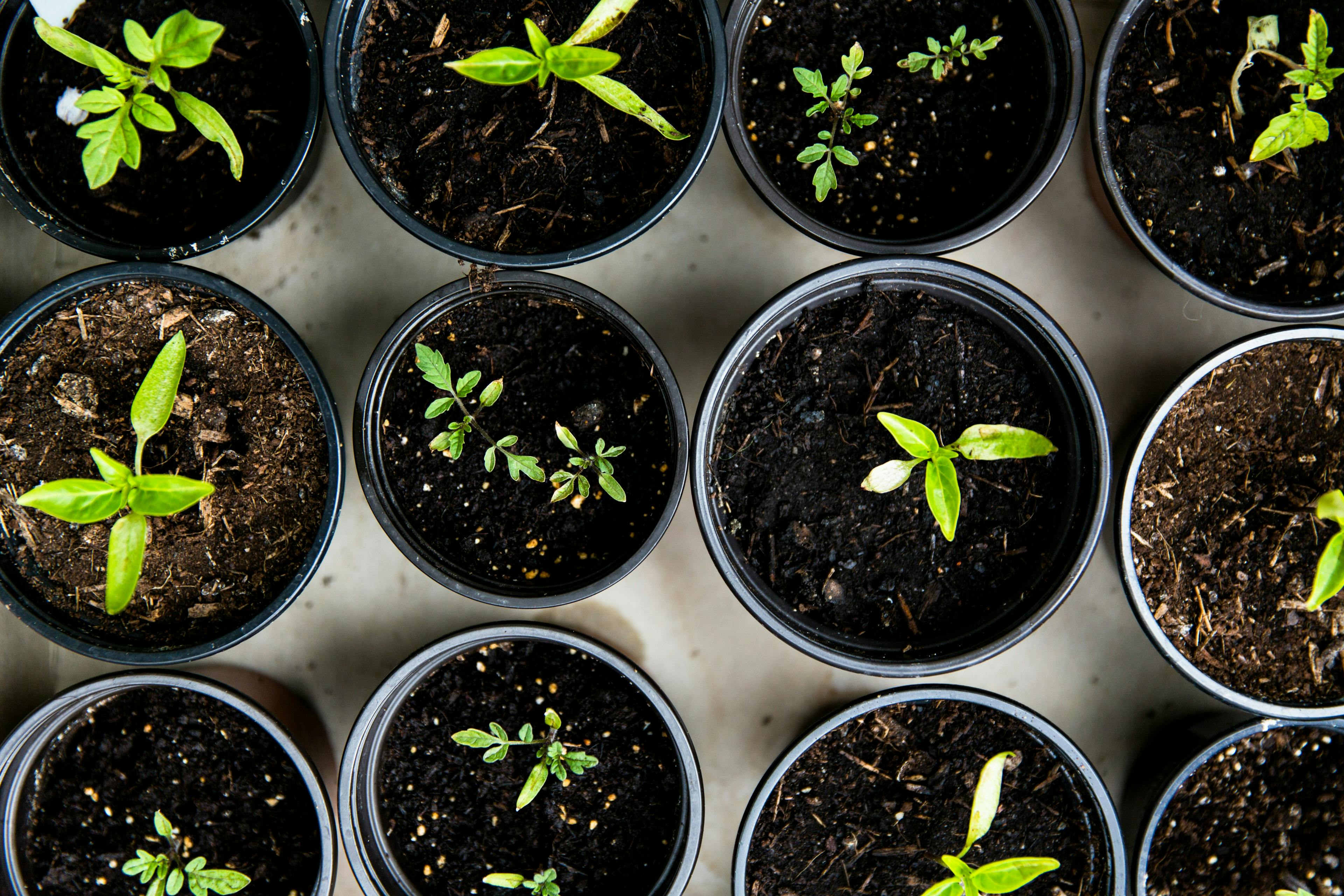From Seed to Sprout: Nurturing Young Plants
Growing plants from seeds can be a rewarding experience, offering not only the joy of watching a tiny seed grow into a flourishing plant but also the satisfaction of knowing you nurtured it every step of the way. Whether you're a seasoned gardener or a beginner, understanding the basics of seed starting and young plant care is essential. Here’s a comprehensive guide to help you successfully nurture your young plants from seed to sprout.
Choosing the Right Seeds
Before you start, selecting the right seeds is crucial. Consider these factors:
- Purpose: Are you growing ornamental flowers, vegetables, or herbs?
- Climate: Choose seeds suitable for your climate zone.
- Space: Ensure you have adequate space for the plants when they grow.
Example: If you live in a cooler climate, opt for spinach or peas, which can tolerate lower temperatures.
Preparing Your Seeds
Some seeds require specific treatments to enhance germination:
- Soaking: Softens hard seed coats, e.g., beans and peas.
- Scarification: Scratching or nicking the seed coat to encourage sprouting, e.g., morning glory seeds.
- Stratification: Simulating winter conditions by chilling seeds, e.g., lavender and apple seeds.
Seed Starting Setup
Create an ideal environment for your seeds to sprout:
- Containers: Use seed trays, pots, or even recycled containers with drainage holes.
- Soil: Opt for a light, seed-starting mix that allows for good drainage and aeration.
- Warmth: Most seeds require warmth to germinate. A heat mat can help maintain a consistent temperature.
- Light: Provide plenty of light once seeds sprout. A south-facing window or grow lights are ideal.
Example: Tomato seeds thrive in warm soil, so maintaining a temperature around 70-80°F (21-27°C) can enhance germination rates.
Watering Your Seeds
Proper watering is critical:
- Moisture: Keep the soil consistently moist but not waterlogged.
- Method: Use a spray bottle to mist the soil gently, avoiding direct watering which can displace small seeds.
Monitoring Growth and Care
As your seeds sprout, monitor their growth and adjust care as needed:
- Thinning: Remove extra seedlings to avoid overcrowding.
- Transplanting: Once seedlings develop their second set of true leaves, they can be transplanted.
- Feeding: Start feeding with a diluted liquid fertilizer after a few weeks to promote growth.
Example: When thinning radishes, keep the strongest seedling in each cell or small pot.
Common Challenges
Be aware of common issues and how to address them:
- Damping-off: A fungal disease that can cause seedlings to collapse. Prevent by ensuring good air circulation and not overwatering.
- Pests: Keep an eye out for signs of pests and manage them with appropriate organic or chemical treatments.
Shop Plant Indoor Pesticide Now
Conclusion
Starting plants from seeds is a delicate process that requires patience and attention to detail. By following these guidelines, you can increase your chances of successfully nurturing your young plants from seed to sprout. Remember, each plant has its unique needs, so adjust your care accordingly.
For more personalized advice on nurturing young plants or any other gardening queries, chat with Mavyn GPT or connect with a human expert at Mavyn. We’re here to help you grow your green thumb!
